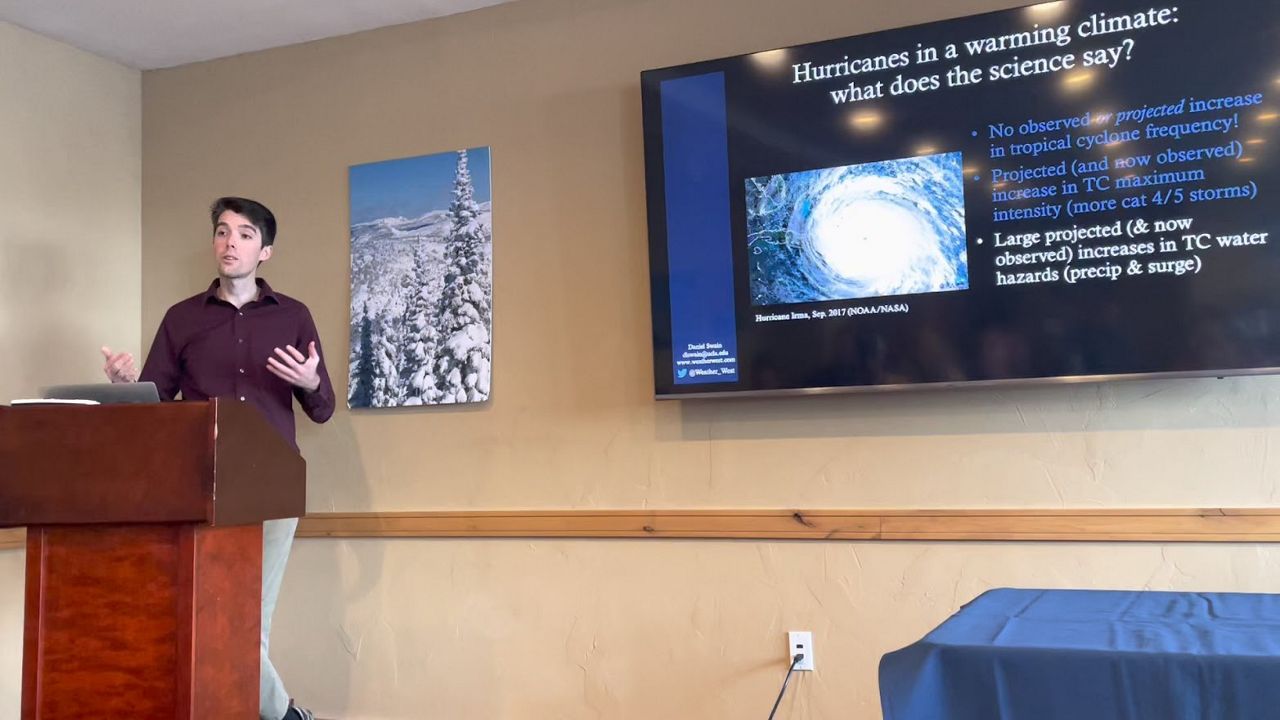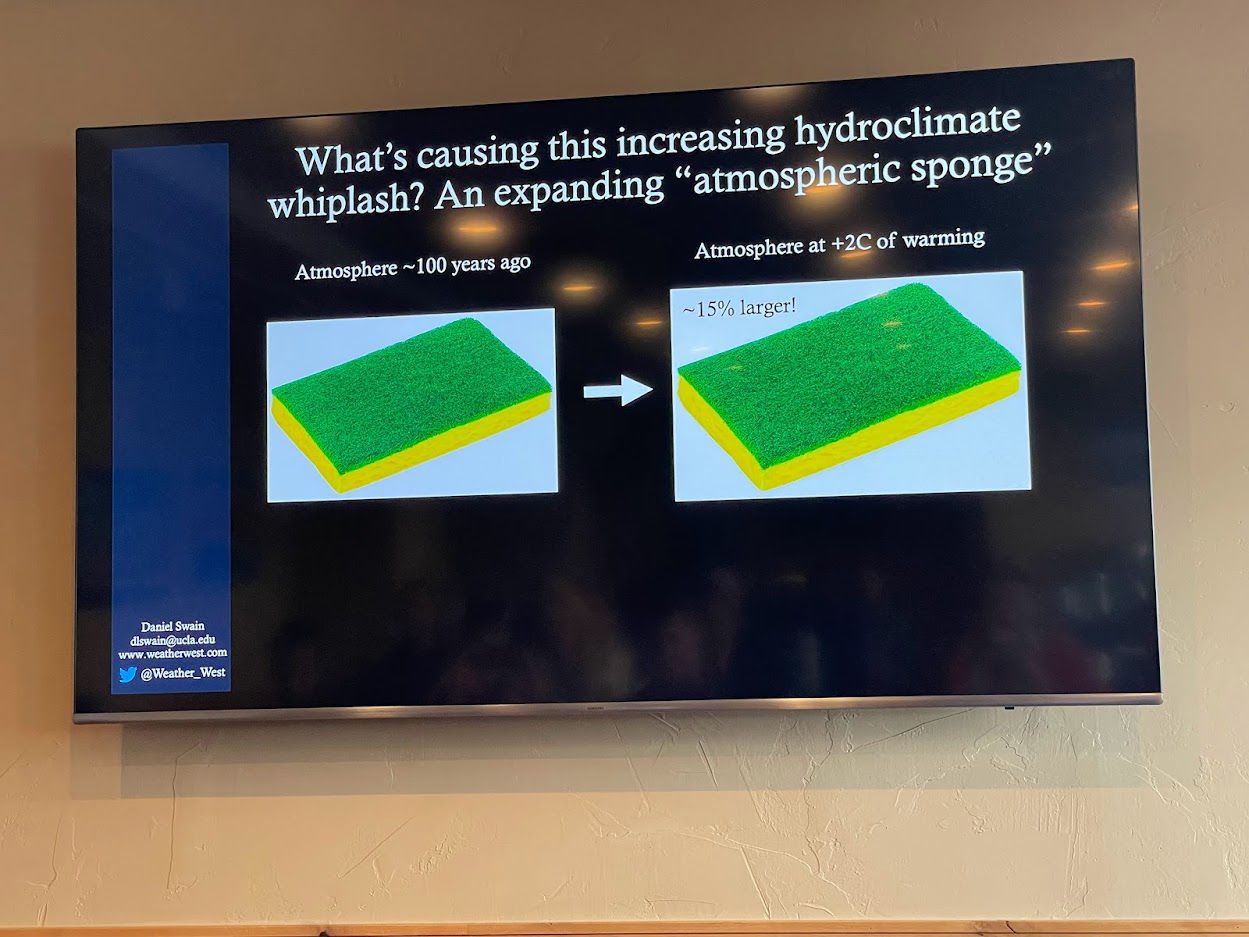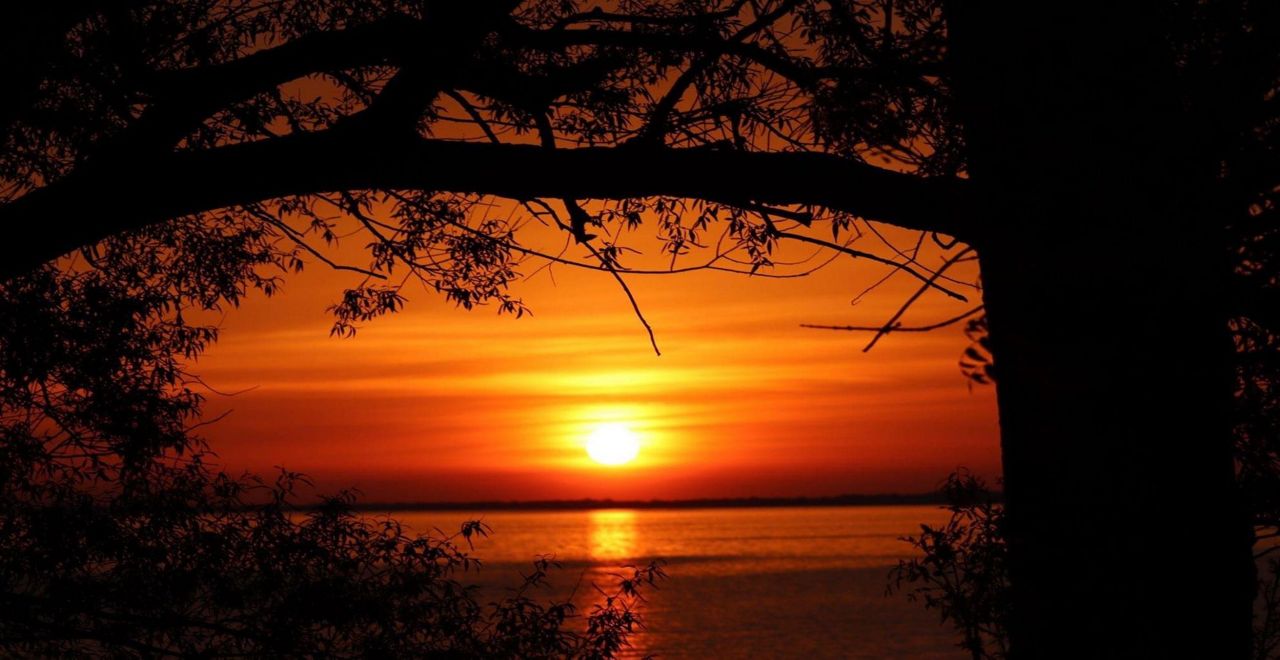Dr. Daniel Swain, a climate expert, fields a lot of questions about climate change.
What You Need To Know
- The latest climate findings include information on heat, extreme rain and the tropics
- Record warm temperatures outpace record cold temperatures
- We have observed an increased number of major hurricanes
- We can't stop disasters from happening, but we can learn to adapt
Whether it’s a hurricane or a severe weather outbreak, he often gets asked, "did climate change cause such-and-such event?"
He likes to restate that question into something that he can explain scientifically.
"Framing the question that way makes it really difficult to answer, because it usually isn't one single thing that caused any of these individual events."
He’d rather address those questions with, "how has climate change influenced the severity or the likelihood of that event occurring in the first place? That transforms something that's really challenging to address scientifically to something you can actually put a number on."

Many of those numbers are rising, like temperatures. Heat comes to mind as a leading symptom of climate change.
"What we're seeing around the world is more occurrences, even unprecedented heat events," said Swain.
Florida is one of those places where this is especially pronounced.
"Places like Miami have been seeing heat record after heat record after heat record. It’s already a warm and humid place, but it's getting even warmer."
Heat records also happen even more at night and in the cool season than they are during the summers.
"So we're seeing the cool times of year, and the cool times of day, we’re warming even faster than the rest of the time."
This has implications on human health, because it makes it harder to cool off at night.
Swain offered a visual analogy on how the atmosphere handles warmer temperatures, which can hold more water vapor.
"With each degree of warming, the atmosphere is acting like a bigger and bigger kitchen sponge… it not only has more and more ability to soak up water, from your hypothetical kitchen counter if you will, that's the increase in evaporation in the atmosphere, the evaporative potential of the atmosphere, but we also have the potential to wring out more water."
The larger the kitchen sponge, you can think of that as corresponding to an increase in the extreme precipitation potential.

"Because it's like a sponge, it goes both ways. You could wring more water out, you could have more extreme precipitation and you could also have more intense evaporation when it's dry. So you can see how this might lead to severe precipitation events on one hand, but then also increasing severe droughts and water scarcity when it is dry on the other hand."
Swain refers to this concept as "hydroclimate whiplash."
Extreme precipitation occurred during the 2022 hurricane season with storms like Ian and Nicole. Swain elaborated on the latest climate science regarding tropical systems.
He explained how there is not an expectation that climate change will increase the number of hurricanes or tropical cyclones globally or in the Atlantic. Instead, a warming climate will increase the number of storms that reach major hurricane intensity status, such as more Category 4 and 5 storms.
"The fraction of hurricanes that reach these hurricane thresholds is likely to increase," said Swain.
He added, "what's likely to occur with tropical systems of any intensity, they don't even have to be hurricanes, we could be talking about tropical depressions or tropical storms, is that there are much greater water hazards associated with them."
This refers to the increase in extreme precipitation, but also with increased salt water hazards like storm surge.
“Because of the level of the ocean itself is rising, so the baseline of the water is higher than its used to be, but as we see more of these storms, Category 4 and 5 status, we get to see larger storm surges on top of that higher ocean baseline.”
Although we are living in a changing climate, Swain assured that there are coping mechanisms to help us adapt.
"One part of it is not building more housing in places we know are at risk, but for the folks that already live in these places that are substantially at risk, thinking about how we can lessen the risk to those folks."
This could be people that live along the coast in storm surge zones, or inland freshwater flood zones or in wildfire zones out west. Living in these areas often can put them in the path of natural disasters.
"We know they're going to occur and we know many of them are going to occur with a greater intensity in a warming climate. So the question is not how do we prevent the events from happening, but how do we anticipate them and respond to them better and more effectively?"
Our team of meteorologists dives deep into the science of weather and breaks down timely weather data and information. To view more weather and climate stories, check out our weather blogs section.



